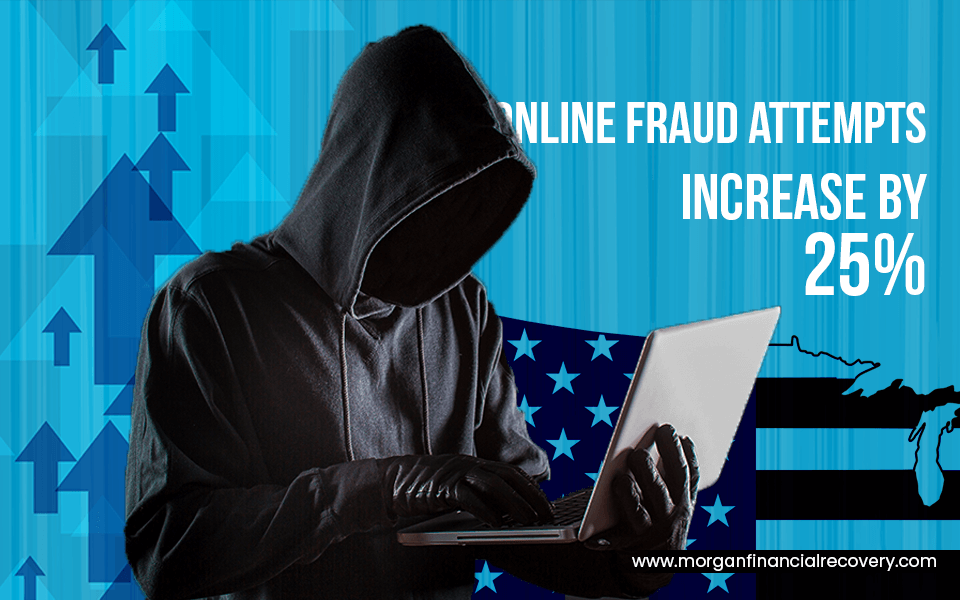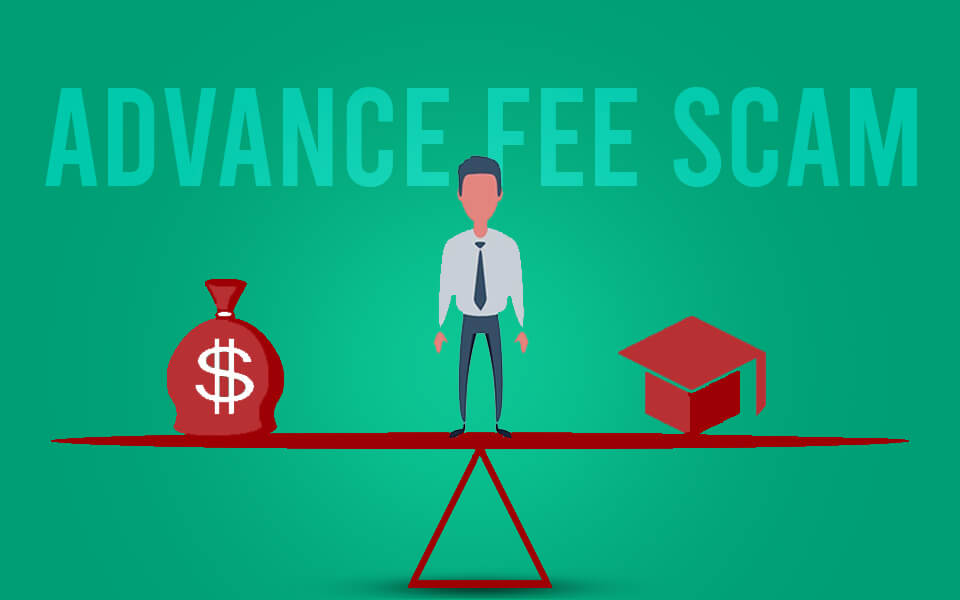
The number of efforts at digital fraud has increased by 25.07 percent in the United States, from phishing to identity theft.
In the first four months of 2021, compared to the final four months of 2020, there were 25.07 percent more attempts at digital fraud in the U.S., including identity theft and phishing.
This is supported by a recent analysis, which discovered that, when looking at individual industries, digital fraud assaults against financial services organizations climbed 109 percent in the U.S. during that same period. In addition, this sector had 149 percent more fraud attempts worldwide.
Experts describe digital fraud as any online scams or fraudulent transactions. This includes phishing attempts when cybercriminals send phony emails to obtain personal information or infect a device with malware. Additionally, phishing tactics involve fraudsters trying to acquire personal information through social media networks and websites.
We’re expanding and doing business in more places globally, which helps explain why we’re still experiencing growth. According to fraud recovery specialists, you can now eat in person, and people feel more at ease purchasing in person. Even though more businesses are opening up, there are predictions that digital frauds will remain high. Many people continue to feel more at ease conducting business online, and companies maintain a larger online presence.
Because there is “huge money there,” financial services firms like banks and investment firms make particularly tempting targets. In addition, since the epidemic, more people have been conducting business online, and cybercriminals are attempting to profit from this trend.
According to our study, fraudsters who have succeeded (or believe they have succeeded) in obtaining someone’s personal information are moving on to the next step by attempting to obtain credit cards or take over bank accounts.
The reports disclose, outside of financial services, the travel sector experienced the second-highest rate of global digital fraud attempts at the start of this year, up 25%. According to observation, this is because transaction volume in the travel sector is now beginning to increase after a sharp decline due to the pandemic.
It’s undoubtedly on the rise, which provides scammers more room to attempt to monetize those as well.
While it is in part the responsibility of businesses to protect customers from fraud, Our experts contend that consumers should also take responsibility. That includes enrolling in and adopting security measures like two-factor authentication, which often requires users to prove their identity in addition to inputting a password by entering a code that is texted or emailed to them.
It also helps to have strong, unique passwords for each account. Consider using a password manager, which offers an unlimited password plan for $4.99 per month and has a free limited version if you find it difficult to remember all the passwords. These tools automatically create secure, one-of-a-kind passwords for each of your accounts and keep track of them.
Consumers, “may also do some things on their side to create a layer of security for themselves,” even while it is unquestionably the company’s job to safeguard its assets and the interests of its customers.
It is unlikely that these scam attempts will stop anytime soon. There are predictions of a long-term change in favor of businesses conducting more digital transactions. Online criminals will thus continue to assault.


